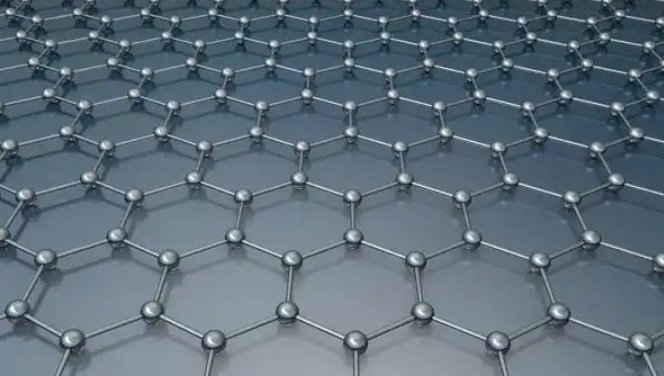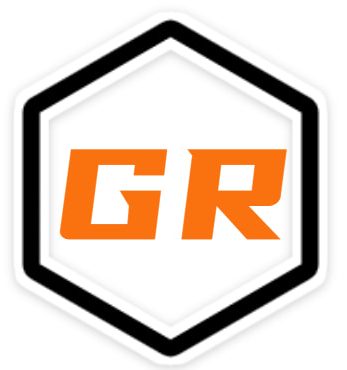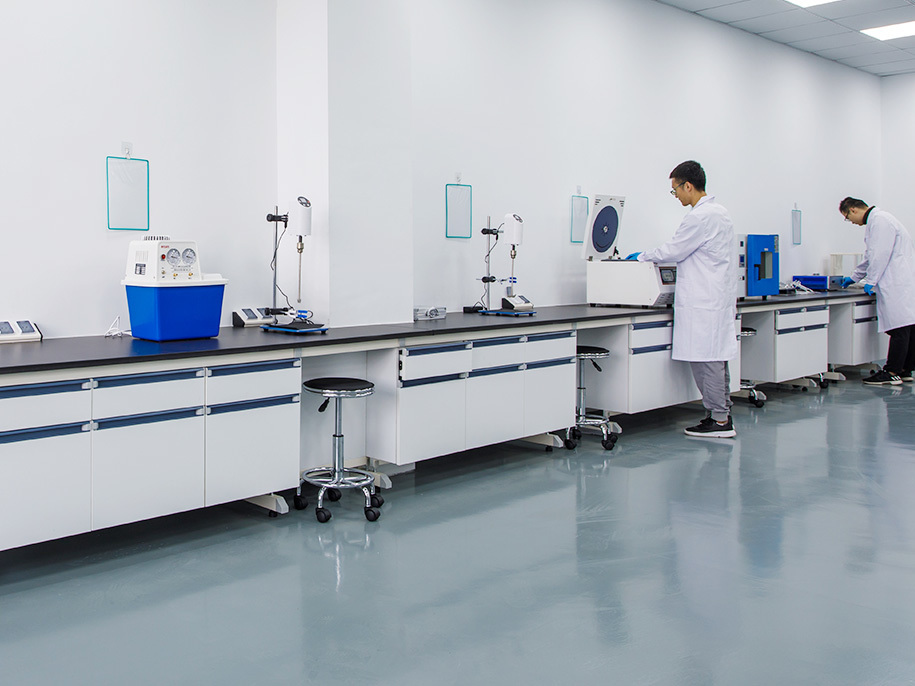Functionalized Graphene: How Chemical Groups Enhance Material Performance
Functionalized graphene has become one of the most important categories in graphene technology. By introducing chemical groups onto the graphene surface, its compatibility, processability, dispersibility, electrical properties, and application range are greatly improved. In this beginner-friendly guide, you will learn what functionalized graphene is, why it matters, how it is modified, and how to select the right product for industrial applications.

Overview
Graphene is widely known for its superb conductivity, strength, and thermal properties. However, pristine graphene has limited industrial use due to:
-
Hydrophobic surfaces
-
Agglomeration tendencies
-
Poor dispersibility in most solvents and polymers
-
Weak bonding with matrices
Functionalization solves these issues by attaching reactive chemical groups to graphene:
-
Carboxyl (−COOH)
-
Hydroxyl (−OH)
-
Epoxy (−O−)
-
Amino (−NH₂)
-
Sulfonate (−SO₃H)
-
Other polymer grafts
As a result, functionalized graphene becomes easy to disperse, easy to bond, and easy to integrate into commercial materials.
Why Functionalization Is Important
| Key Improvement | Why It Matters |
|---|---|
| Better dispersion in water, ethanol, acetone | Enables coatings, inks, and additive manufacturing |
| Stronger interfacial bonding | Enhances mechanical properties in composites |
| Surface chemistry control | Enables sensing, catalysis, energy storage |
| Polymer compatibility | Useful in electronics, aerospace, packaging |
| Reduced agglomeration | Improves electrical and thermal conductivity |
Functionalization turns graphene from a premium additive into a universal material solution provider across many industries.
Types of Functionalized Graphene
1️⃣ Oxygen-Functionalized Graphene
-
Includes graphene oxide (GO), rGO, carboxyl graphene
-
Excellent for water dispersion
-
Strong chemical reactivity
Applications: inks, anti-corrosion coatings, EMI shielding
2️⃣ Nitrogen-Doped Graphene
-
Enhanced conductivity
-
High catalytic activity
Applications: batteries, fuel cells, supercapacitors
3️⃣ Amino-Functionalized Graphene
-
Strong bonding with resins and polymers
Applications: structural composites, epoxy adhesives
4️⃣ Polymer-Grafted Graphene
-
Customized interfacial compatibility
Applications: 3D printing filaments, rubber reinforcement
5️⃣ Alkyl/Organofunctional Graphene
-
Disperses in oils and non-polar matrices
Applications: lubricants, hydrophobic coatings
How Graphene Is Functionalized
Covalent Functionalization
Creates strong chemical bonds with graphene structure
✅ Best mechanical bonding
⚠ May reduce conductivity slightly
Common techniques:
-
Oxidation (Hummers method → GO)
-
Carboxylation
-
Amine grafting
-
Silane coupling
Non-Covalent Functionalization
Uses van der Waals forces or π–π interactions
✅ Conductivity preserved
⚠ Bonding not as strong
Examples:
-
Surfactants
-
Polymers (PVP, PEG)
-
Aromatic molecules (pyrene derivatives)
Industrial Applications
| Industry | Benefit | Example Use |
|---|---|---|
| Conductive coatings | Lower resistivity, thin films | EMI shielding |
| Polymers & plastics | +40% mechanical strength | Aerospace composite |
| Batteries / Supercapacitors | Higher capacity & cycle life | LFP, NCM cathodes |
| Anti-corrosion systems | Barrier layer protection | Marine steel |
| Thermal management | Heat dissipation | Mobile phones |
| 3D printing | Improved layer bonding | Electronics housings |
Functionalized graphene turns existing materials into high-performance composites.
What Should I Consider When Buying?
✔ Functional group type (COOH, NH₂, SO₃H, etc.)
✔ Dispersibility (water / ethanol / DMF / oils / resins)
✔ Sheet size (0.5–50 µm)
✔ Thickness (1–10 layers)
✔ Impurities or metal residues
✔ Form (powder, dispersion, slurry)
✔ Conductivity requirements
✔ Target application industry
📌 Typical pricing (2025)
-
Powder: $80–$300/kg (industrial grade)
-
Dispersion: $30–$120/L depending on wt%
-
Polymer masterbatch: $10–$60 per kg premium
How to Use Functionalized Graphene
Basic steps for operation:
-
Check form (powder vs slurry vs dispersion)
-
Use sonication for uniform dispersion
-
Add slowly to matrix under stirring
-
Optimize loading (usually 0.1–3 wt%)
-
Test film uniformity, conductivity, and bonding strength
-
Store sealed in dry environments
Functionalized graphene is the gateway for commercializing graphene at scale. Surface chemical groups enable:
-
Better dispersion
-
Improved compatibility
-
Stronger bonding
-
Expanded applications
With the right product selection and processing method, you can easily transform ordinary materials into next-generation high-performance composites.

